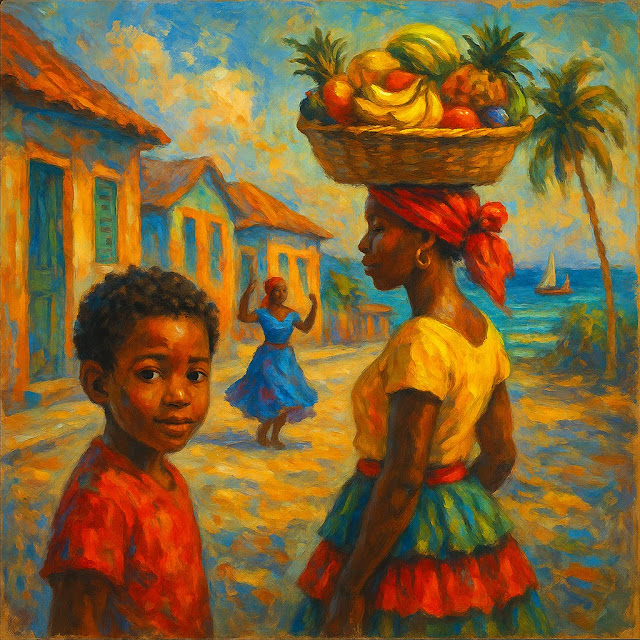Freedom of Speech Painting: The Canvas as a Voice for the Voiceless
In a world where expression is often filtered, silenced, or
commodified, art remains one of the last truly unfiltered channels of truth.
Nowhere is this more evident than in the growing appeal of the freedom of
speech painting a genre of visual storytelling that transcends aesthetics and
speaks directly to human rights, personal liberation, and cultural resilience.
This isn’t art that merely hangs quietly on a wall. Freedom
of speech paintings demand to be seen. They express what words often fail to
capture. Whether splashed in vibrant protest colors or rendered in somber
strokes of realism, these artworks exist to provoke, enlighten, and connect.
What Makes a Freedom of Speech Painting So Powerful?
Unlike other art forms that may lean heavily on beauty or
abstraction, freedom of speech paintings are rooted in emotion and often forged
from lived experiences. They come from a place of urgency whether political,
personal, or generational.
These paintings are powerful because they:
- Offer unfiltered commentary on injustice, identity, and
hope
- Speak across cultural and language barriers
- Serve as time capsules of social movements and personal
revolutions
- Empower others to find and raise their voices
A single painting can embody years of silence, centuries of
oppression, or the unrelenting strength of free thought. They don’t just depict
freedom—they practice it.
The Evolution of Freedom Artwork
The term freedom artwork has grown beyond depictions of war,
civil rights, or political activism. Today, it includes pieces that explore
mental health, gender identity, environmental justice, and intergenerational
trauma. It's about all forms of liberation, whether societal or spiritual.
These artworks can be loud or quiet, abstract or
hyperrealistic. What unites them is their intent: to express truths that may be
too raw, complex, or confrontational for traditional media. Many artists infuse
personal symbols, handwritten text, or layered collage into their work—further
personalizing the visual experience.
Freedom artwork gives us permission to be imperfect,
vulnerable, and radically honest. That’s why collectors and curators are
increasingly drawn to this genre—not just for its aesthetics, but for its
courage.
Grandpa Artwork: Honoring Generational Wisdom
Whether through portraits, symbolic landscapes, or
expressive brushwork, grandpa artwork offers a glimpse into generational
resilience. Many of these paintings feature grandparents who survived political
oppression, led social change, or embodied quiet dignity in the face of
adversity.
In freedom of speech art, these elder figures are often
pillars of memory symbolizing not just the past, but the intergenerational duty
to speak truth, protect freedom, and keep stories alive.
Abstract Drawings for Sale: Freedom in Form
Not all freedom of speech paintings are literal. Some come
in the form of abstract drawings, where color, line, and form carry more
emotional weight than any specific subject.
In fact, many artists working in the realm of abstract
drawings for sale are using abstraction to avoid censorship while still
conveying deep emotional messages. These pieces may seem chaotic, minimal, or
even random to the untrained eye but to those attuned, they whisper of
liberation, survival, or rage.
Abstract freedom pieces are particularly popular among
buyers who want emotional and meaningful decor without graphic or explicit
content. They blend seamlessly into modern interiors while still making a bold
philosophical statement.
Why People Are Buying Freedom of Speech Paintings Today
The surge in demand for freedom of speech paintings isn’t
just about owning something “different.” It’s about owning something real.
In times of political unrest, identity shifts, and cultural
polarization, people are turning toward art that affirms their values, voices
their struggles, or simply makes them feel seen. This genre of art is a
lifeline for those who feel marginalized or muted in their everyday lives.
Buyers are choosing:
- Authentic over trendy
- Message over mass-production
- Connection over consumption
Whether you're browsing abstract drawings for sale or
commissioning a personal freedom artwork, what you’re really buying is a piece
of perspective and sometimes, a piece of someone’s pain turned into power.
Where to Find Authentic Freedom of Speech Paintings
With the rise of mass-produced prints and AI-generated
“art,” finding authentic, message-driven art is more important than ever.
Here’s how to spot the real deal:
- Support independent artists and collectives who specialize
in social commentary art
- Look for artist statements or backstories they add depth
and context
- Avoid generic “freedom” pieces with no clear message or
cultural roots
- Prioritize handmade or limited edition pieces over
algorithmic replications
Buying from ethical platforms and artist-first marketplaces
ensures that your support goes directly to those using their talent to
challenge the status quo.
Final Thoughts: Art That Isn’t Afraid to Speak
At a time when many are told to 'tone it down,' freedom of
speech paintings say the opposite: Speak louder.
They remind us that freedom isn't guaranteed it's created,
protected, and expressed every day in small and powerful ways. Whether you're
drawn to a delicate portrait of your grandfather, a loud abstract explosion of
color, or a quiet expression of spiritual freedom, each brushstroke is a stand
for something larger than the self.
Art doesn't need permission to speak. And neither do you.



Comments
Post a Comment